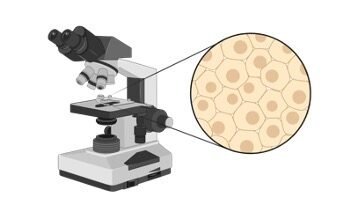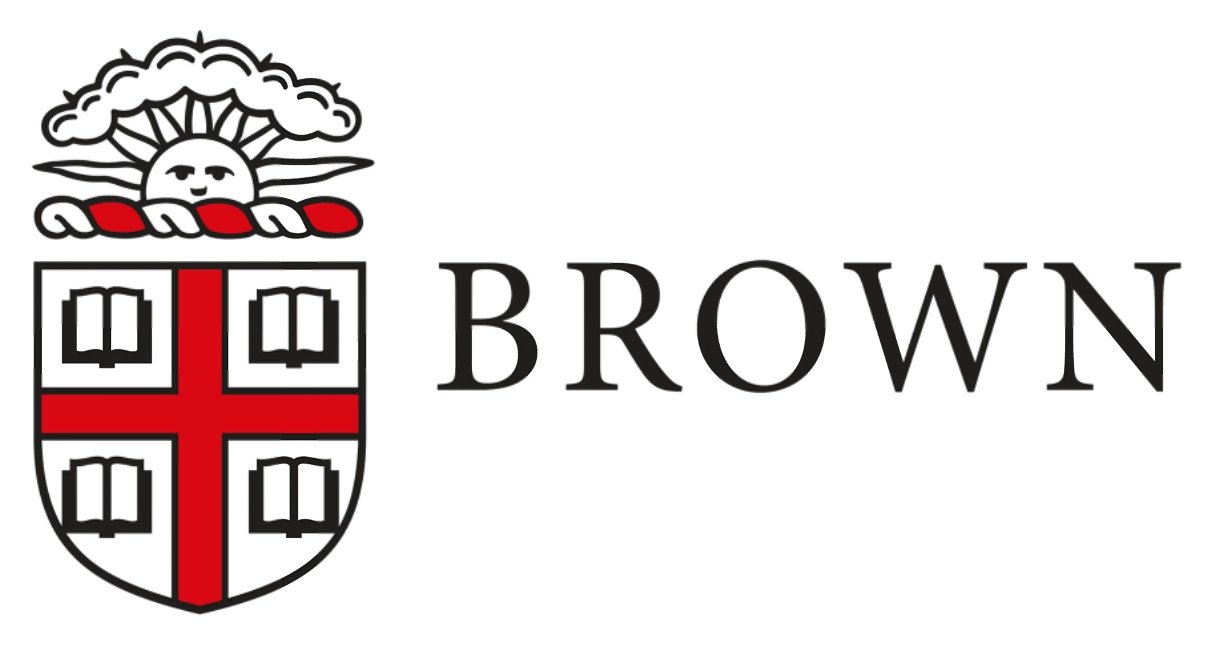Prostate Gland Definition
The set of glands between the bladder and the penis is called the prostate gland. A component of seminal fluid, called prostate fluid is secreted by this gland, which helps sperm cells swim. Skene’s gland is the female homolog of the prostate gland, but in this article, we only focus on the prostate gland.
Prostate Gland Description
The size of the prostate is about the size of a walnut (1.5 in). It is penetrated by the urethra that directs urine out of the body. An alkaline seminal fluid is expelled into the urethra by the prostate gland during ejaculation.
The alkaline nature of this fluid helps to counter the acidic environment of the vagina and protects sperm in the vaginal tract. The prostate gland also helps in sperm ejection.

Image Credit: https://www.cancer.org/
The function of the prostate gland is simple but when it becomes swollen, infected, or damaged by disease, it can cause pain and discomfort. The gland blocks the urethra and holds urine in the bladder when the gland swells.
The swollen prostate gland causes several problems such as pain during urination and an inability to empty the bladder at old age, which can lead to further complications if not corrected.
Prostate Gland Function
The primary function of the prostate gland is the secretion of prostate fluid. The prostate fluid is a seminal fluid, which ejects during ejaculation. The seminal fluid is ejected into the urethra with the help of prostate muscle.
The weight of the muscle is about twenty grams and surrounds the urethra just below the bladder. The drainage tubes are known as vas deferens shuttle sperms into the site of the prostate gland.
The proteolytic enzymes exit the prostate through ducts. Before ejaculating, the ducts open into the urethra. The prostate squeezes with the help of its surrounding, it closes the opening found between the urethra and bladder.
The fluid is directed into the urethra and pushes the semen out. Enzymes, zinc, and citric acid are present in the seminal fluid. The semen becomes slightly basic due to the fluid produced by seminal vesicles while the prostate fluid is slightly basic.
The basic nature of semen is to protect it and to prolong the lifespan of each sperm. An enzyme, called PSA or prostate-specific antigen is another element of prostate fluid. The function of this enzyme is to liquefy seminal fluid and to allow sperm to swim easily.
The levels of PSA in the patient’s blood can be measured by a blood test. A high level of prostate fluid increases the risk of prostate cancer. However, the swollen prostate gland can cause many difficulties but its site makes it a great location for delivering fluid.
Prostate Gland Location
In males, the prostate gland is the largest accessory gland. The location of the prostate gland is above the urethral sphincter and inferior to the neck of the bladder.
The prostate is located in front of the rectum, which makes it easy for physicians to conduct DRE. Digital rectal exams are conducted to inspect the health of the gland. The prostate is monitored by doctors for any signs of disease, such as swelling.
Prostate Gland Structure
There are four anatomical lobes in the prostate gland. But a histological parsing into zones is a more significant delineation.
• The central zone surrounds the ejaculation dust. This zone is derived from the Wolffian duct located in human embryos.
• The transitional zone is the area near the center, which surrounds the urethra. It is originated from the urogenital sinus.
• The peripheral zone forms the body of the prostate gland. The area originated from the urogenital sinus and is located toward the back.
The gland is well-innervated and notably vascular. The prostate gets the supply of oxygenated blood from the prostatic arteries and the oxygen-depleted blood drains into the prostatic venous plexus and enters the iliac veins of the pelvis.
The prostate gland innervates in a little simpler manner and is innervated by the inferior hypogastric nerve plexus. A bundle of nerves, which innervates the smooth muscle of the prostate is called a plexus.
Prostate Gland Pathology
The urination could be blocked by a swollen prostate by pressing against the urethra. This will irritate the bladder and the surrounding area. In older gentlemen, gland swelling or urinary discomfort occurs more frequently.
Benign prostatic hyperplasia (BPH) or the enlargement of the prostate gland is very common in old men and up to half of the men over sixty suffer from this. Between the ages of seventy and eighty, this statistic jumps to ninety.
Frequent urination and leaking are the symptoms of this affliction, which can be treated by alpha-blockers to relax the muscles around the urethra. 5-alpha reductase inhibitors also help in reducing the levels of DHT testosterone and shrink the prostate.
Another condition where the prostate tissue is inflamed by an infection is called prostatitis, which can be treated by antibiotics. All prostate growth is not benign. According to the National Cancer Institute, over 200,000 men are diagnosed with prostate cancer each year.
The five-year survival rate for prostate patients is only 29 percent, which means that under 30,000 deaths are caused by this disease each year. In America, prostate cancer is the third leading cause of death.
Prostate cancer can be treated by a combination of surgery, radiation, and chemotherapy. Sometimes, it becomes necessary to remove the prostate gland because it can lead to additional tissues.
Prostate Gland Citations
Prostate Gland: https://www.mayoclinic.org/
Prostate Gland: https://www.webmd.com/men/picture-of-the-prostate
Share












